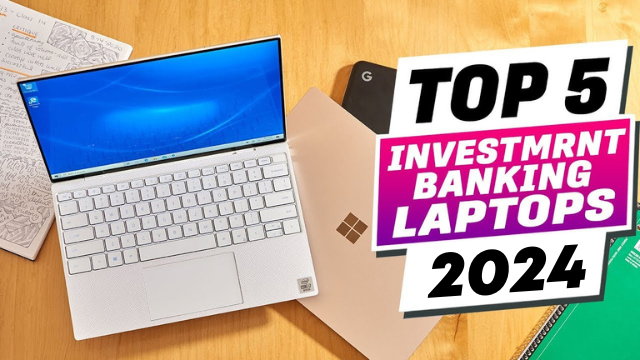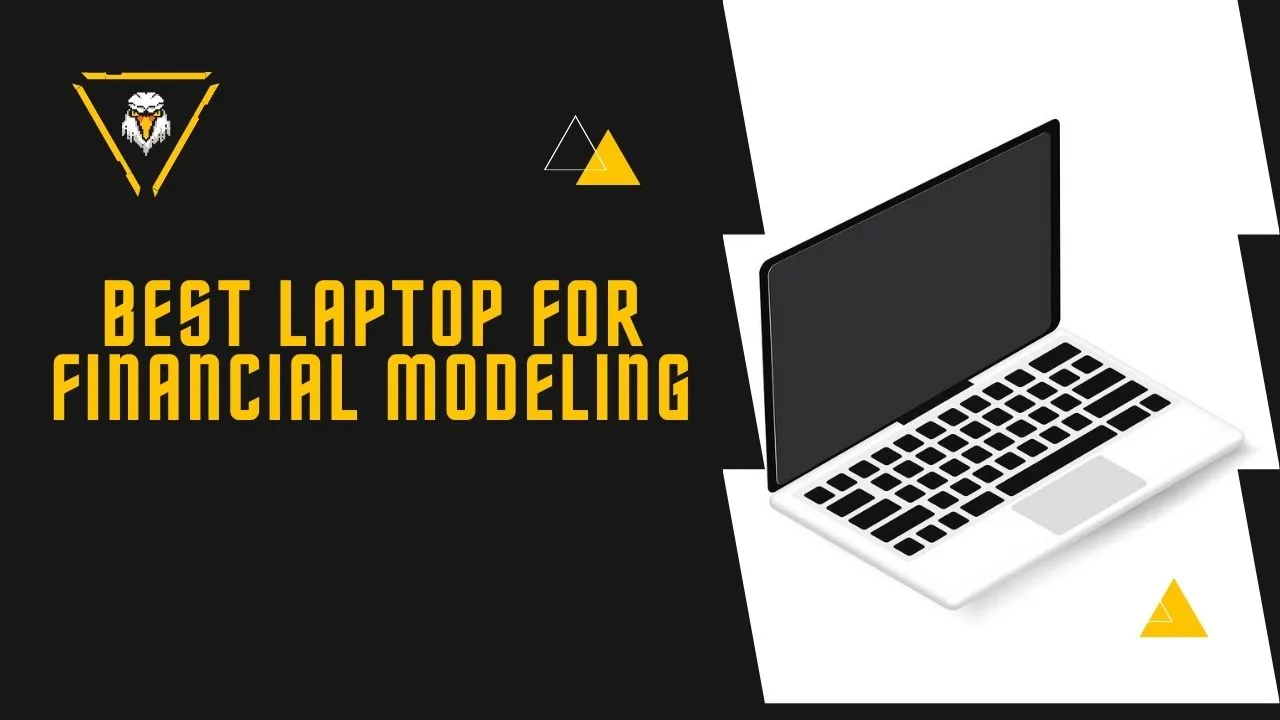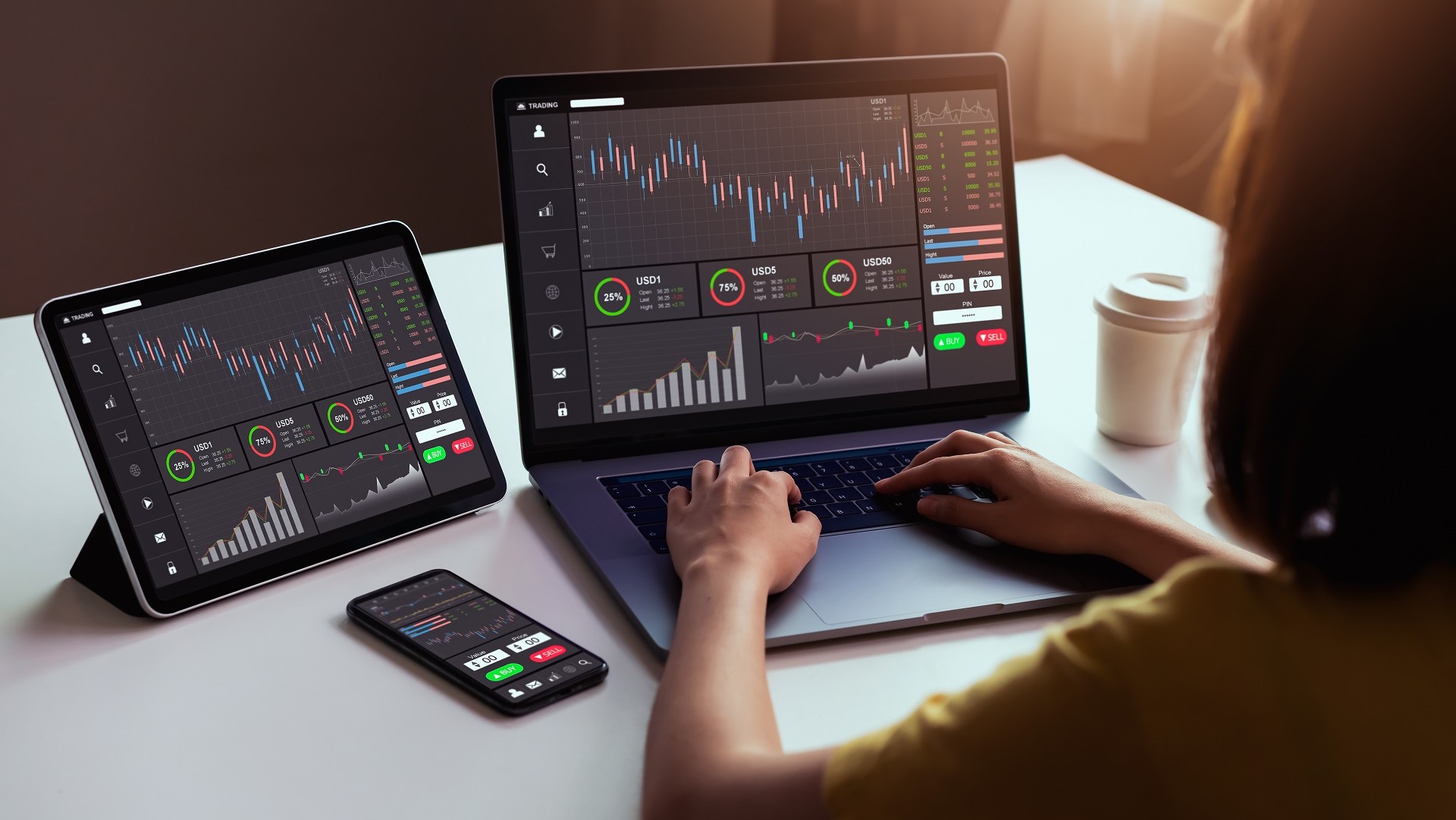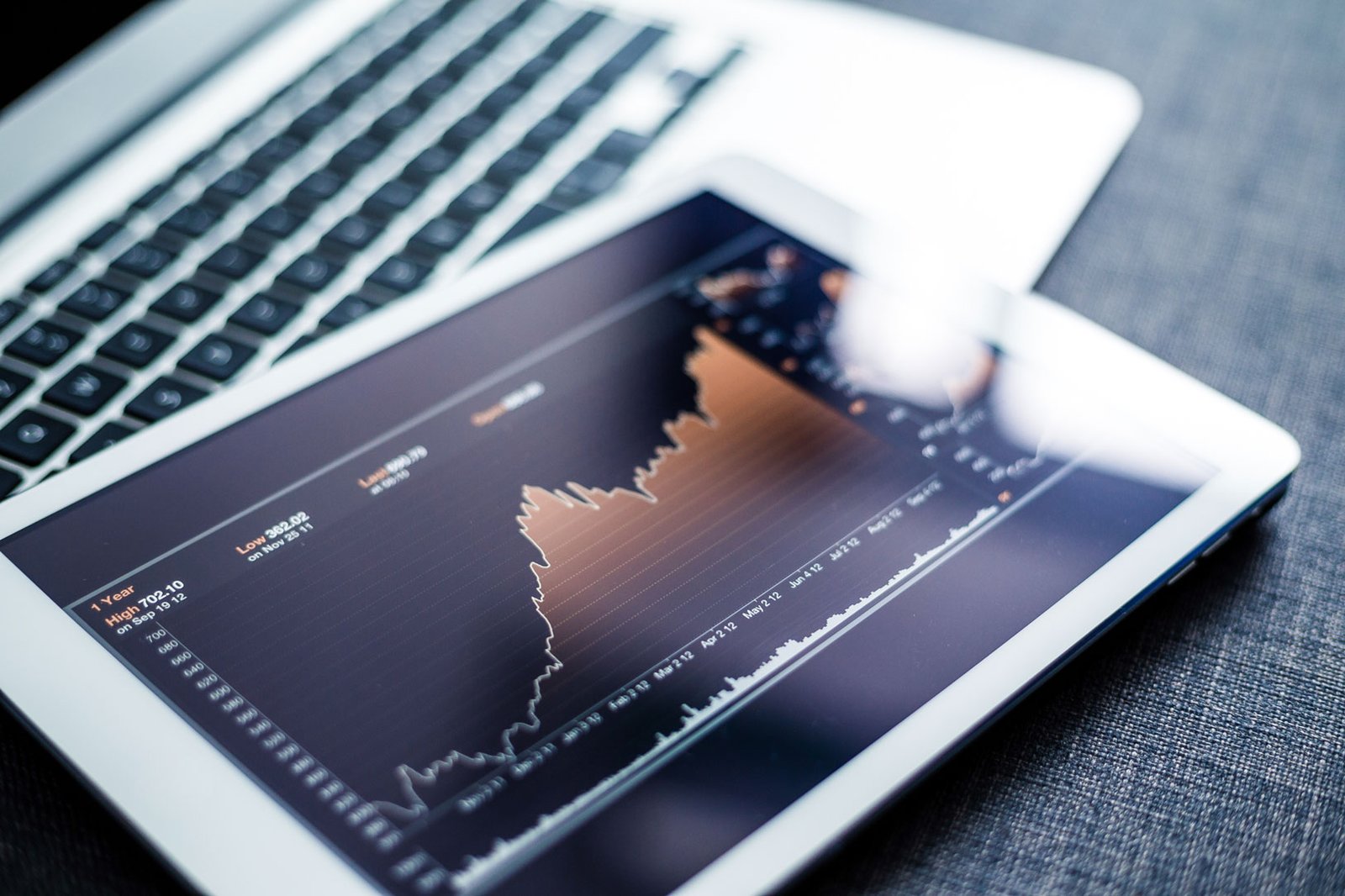Best Laptop Investment Banking

Listen up, penny pinchers! You're in investment banking, not buying yachts (yet). This is your guide to snagging a workhorse laptop without breaking the bank. We're diving deep into the best budget-friendly laptops that can handle your spreadsheets, models, and late-night calls without costing a fortune.
Why Your Laptop Matters (Even If It Shouldn't)
Let's be real, your firm should provide you with a top-of-the-line machine. But if you're stuck with a slowpoke or need a reliable backup, you need to be smart. A good laptop keeps you productive and helps you land that next deal. No one wants to wait for your computer to load while you're in a client meeting.
The Shortlist: Laptops for the Frugal Banker
Here's a quick rundown of our top picks, tailored to different levels of frugality:
- The Bare Minimum: Acer Aspire 5 (reliable, affordable)
- The Sweet Spot: Lenovo IdeaPad Flex 5 (performance and value)
- The "Splurge" (Relatively Speaking): Apple MacBook Air M1 (long-term investment)
Detailed Reviews: Bang for Your Buck
Acer Aspire 5: The Reliable Workhorse
The Acer Aspire 5 is a solid choice for those on a tight budget. It provides enough power for everyday tasks. This includes handling large spreadsheets and presentations.
Its AMD Ryzen 5 or Intel Core i5 processor will keep you running. The battery life is decent, around 7-8 hours of real-world use.
Don't expect blazing-fast performance, but it's a dependable option. It gets the job done without emptying your wallet.
Lenovo IdeaPad Flex 5: The Versatile Option
The Lenovo IdeaPad Flex 5 strikes a great balance between price and performance. Its 2-in-1 design offers added flexibility. You can use it as a laptop or tablet, which is useful for presentations and brainstorming sessions.
It typically features an AMD Ryzen 7 or Intel Core i7 processor. Its performance is noticeably better than the Acer Aspire 5.
The battery life is respectable, and the build quality is solid. This makes it a good all-around choice for demanding tasks.
Apple MacBook Air M1: The Investment for the Future
The MacBook Air M1 might seem like a splurge. However, it's a surprisingly cost-effective choice in the long run.
Apple's M1 chip delivers incredible performance and battery life. The MacBook Air is known for its reliability and longevity.
Its high resale value is also an advantage. You can recoup a significant portion of your investment when you upgrade later.
Side-by-Side Specs and Performance
| Laptop | Processor | RAM | Storage | Battery Life (Hours) | Geekbench 5 Score (Multi-Core) |
|---|---|---|---|---|---|
| Acer Aspire 5 | AMD Ryzen 5 / Intel Core i5 | 8GB | 256GB SSD | 7-8 | 4000-5000 |
| Lenovo IdeaPad Flex 5 | AMD Ryzen 7 / Intel Core i7 | 8-16GB | 256-512GB SSD | 8-9 | 5500-6500 |
| Apple MacBook Air M1 | Apple M1 | 8-16GB | 256-512GB SSD | 15-18 | 7000-7500 |
Customer Satisfaction: What Real Users Say
Based on aggregated customer reviews:
- Acer Aspire 5: Users praise its affordability and reliability. Some complain about the display quality and trackpad.
- Lenovo IdeaPad Flex 5: Customers appreciate its versatility and performance. A few have reported issues with the keyboard and hinge.
- Apple MacBook Air M1: Owners rave about its speed and battery life. Some dislike the lack of ports and the macOS ecosystem.
Maintenance Costs: Preparing for the Inevitable
Here's a rough estimate of potential maintenance costs over three years:
- Acer Aspire 5: $100 - $200 (battery replacement, minor repairs)
- Lenovo IdeaPad Flex 5: $150 - $250 (screen repair, battery replacement)
- Apple MacBook Air M1: $200 - $300 (battery replacement, potential logic board issues)
Apple repairs tend to be pricier. Accidental damage can significantly increase these costs.
Key Takeaways: Making the Right Choice
Choosing the right laptop is about balancing your needs and your budget. Consider performance, reliability, and long-term costs. The Acer Aspire 5 is a solid budget choice.
The Lenovo IdeaPad Flex 5 offers a good blend of performance and versatility. The MacBook Air M1 is a great long-term investment if you can afford the upfront cost.
Don't forget to factor in maintenance costs and customer reviews.
Take Action: Start Saving Today!
Now that you're armed with this knowledge, it's time to make a decision. Compare prices, read more reviews, and choose the laptop that best fits your needs. Don't overspend on features you don't need. Get the best value for your money and keep those bonus checks coming!
Frequently Asked Questions (FAQ)
Q: Can I run financial modeling software on these laptops?
A: Yes, all three laptops can handle most financial modeling software. The MacBook Air M1 will provide the smoothest experience with large datasets.
Q: Is it worth buying a used or refurbished laptop?
A: It can be, but proceed with caution. Make sure to buy from a reputable seller with a good return policy.
Q: How much RAM do I really need?
A: 8GB is the minimum, but 16GB is recommended for heavy multitasking and large datasets.
Q: What about the screen size?
A: 13-14 inches is ideal for portability, while 15-16 inches offers a larger viewing area.
Q: Should I get a warranty?
A: Yes, a warranty is always a good idea. It can protect you from unexpected repair costs.


















